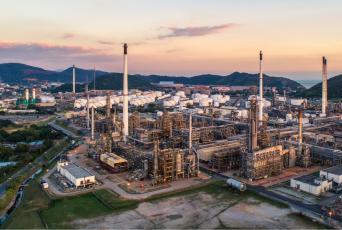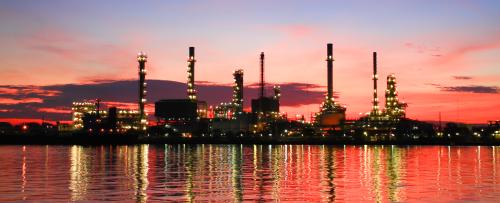As the days grow longer and the mercury rises, boating season gets into full swing. For the next several months, sportsman, families, and boating enthusiasts alike will hit the water to cool off and enjoy all that boating has to offer.
However, as any boat owner will tell you before they cast off, safety is always top of mind. From ensuring the necessary life jackets are available, to radios to communicate with local authorities or the Coast Guard, to provisions, any boater knows they need to be prepared. And, a critical part of preparation is ensuring the engine is tuned up, reliable, and the fuel tank is full.
Unfortunately, what many boaters may not realize is there is a threat lurking on land that puts them, and their engines at risk if they fuel up with higher ethanol blends, such as E15, which can lead to damage or complete engine failure.
While E15 is not approved for use in marine engines, (in fact it is prohibited by law) that does not stop retailers from offering the fuel, even though its use could cause severe engine damage. E15 is sold right alongside E10, so it is not unrealistic to see how someone may fill up their tank with E15 by accident.
A mistake like that could be catastrophic.
Ethanol and water do not mix, and higher blends can cause what is known as “phase separation,” where water and ethanol collect at the bottom of the fuel tank below the gasoline, resulting in an engine-killing cocktail. That is why so many boat owners opt for ethanol free gasoline, to ensure seamless operation of their engines.
In fact, the Coast Guard has warned of safety issues related to E15 in boats, and nearly 90 percent of boat dealers, marinas, and boat-engine manufacturers report seeing engine damage caused by higher blends according to a 2016 Boat Industry magazine survey.
With the mandate to use increasing amounts of ethanol in fuel, boaters must understand the very real perils of higher blends of ethanol, and why they need to avoid them if they want to ensure peak performance and longevity for their engines. It’s also important to remember, there are several legacy boats that may be 20 years or older still in service. Their lifecycles far exceed automobiles, which is why engine maintenance is so critical to ensuring continued performance and reliability. And, why avoiding ethanol could mean the difference between years of faithful service or a costly new engine.
Simply put, the Renewable Fuel Standard (RFS) is a failed government mandate used to prop up higher blends of ethanol, forcing them into the marketplace, despite the lack of demand and the liability they pose.
While the ethanol lobby says that E15 is not sold at marinas, they seem to forget that many boaters do not keep their boats at a marina and often fuel up at a gas station on their way to the water. Moreover, this failed mandate is forcing retailers to stop selling clear gas, or gasoline without ethanol, despite the strong demand from boaters across the United States. Many boaters are now forced to drive further to find the fuel they want because of the growing mandate to use E15 and higher blends.
Make no mistake, this policy is limiting consumer choice and putting boaters at risk.
Boaters rely on their engines to get them home safely, and higher blends of ethanol, such as E15 threaten that. The consequences of misfuelling are simply too great.
Boaters must avoid higher blends of ethanol at all costs and Congress should take decisive action to end this failed mandate that is distorting the free market and putting consumers, and boaters’ safety at risk.


